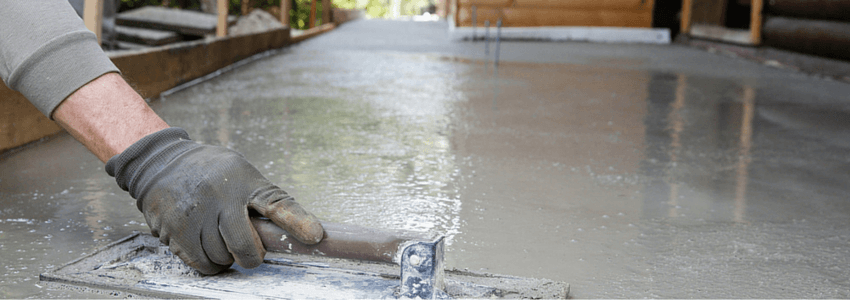ACA ripple effects have resulted in shrinking coverage with growing gaps that make it difficult for companies to offer the appropriate level of health coverage. If you’re looking for a solution, we’d like to point you in the direction of supplemental.
“Why layer with supplemental solutions?” you may ask. Let’s look at it this way.
When you get down to the bare bones of every house, there’s a concrete floor, and sometimes that concrete floor isn’t level. There are cracks, holes, slopes, and gaps. And when you start to live life on top of this uneven foundation, there are issues.
Think of your company’s base primary plan as the concrete floor of a house, but there are all sorts of gaps and cracks in it. This unevenness makes it difficult to receive the same healthcare coverage as before. So what do you do?
Just like with an uneven foundation, you need to repair the damage. Layering with supplemental tools is your way of self-leveling your company’s health benefits structure. By filling the gaps and cracks and evening out the slopes, you’ll find yourself walking on smooth, solid ground.
Remember, every company will have a different concrete floor, so the ways you’ll need to gap fill will vary. Supplemental solutions give companies this type of customization power. For example, you can add an HRA for $1,000 to help employees reach an increased deductible. Or you could offer voluntary Critical Illness insurance and sponsor an FSA. Or you could offer an HSA and then offer Ultimate Health to company leaders, who are often not eligible for the same tax-savings on health accounts.
The combinations are countless which gives you the flexibility to self-level your health insurance in the best way for your company and its goals.


